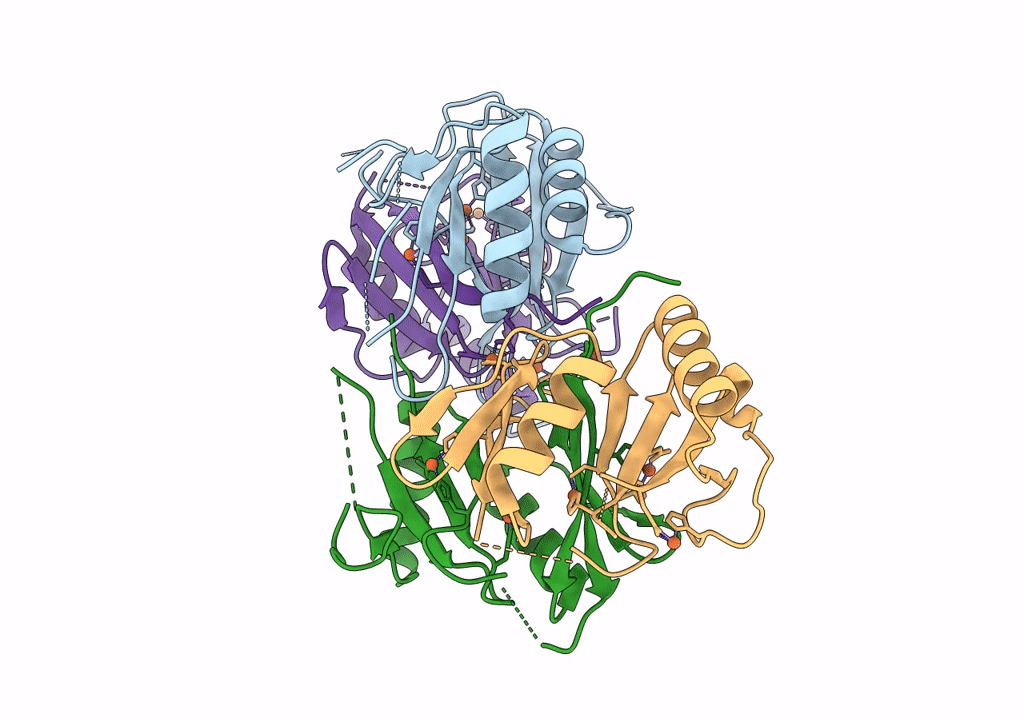
Deposition Date
2021-11-30
Release Date
2022-10-26
Last Version Date
2023-11-29
Entry Detail
Biological Source:
Source Organism:
Streptomyces chartreusis (Taxon ID: 1969)
Host Organism:
Method Details:
Experimental Method:
Resolution:
1.65 Å
R-Value Free:
0.23
R-Value Work:
0.20
R-Value Observed:
0.20
Space Group:
P 1 21 1


